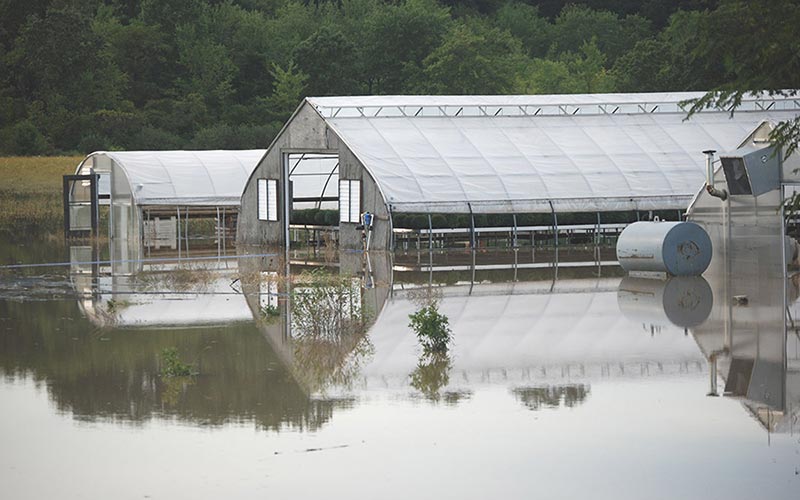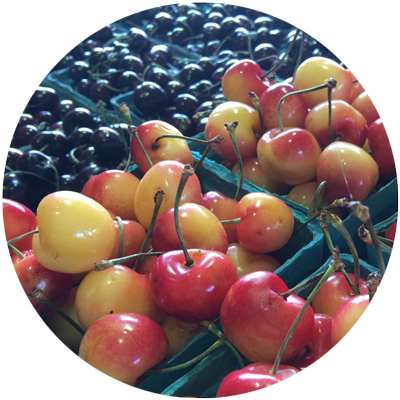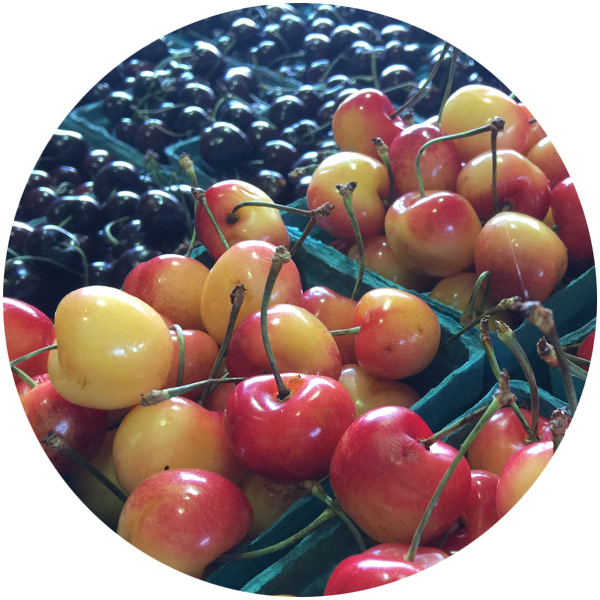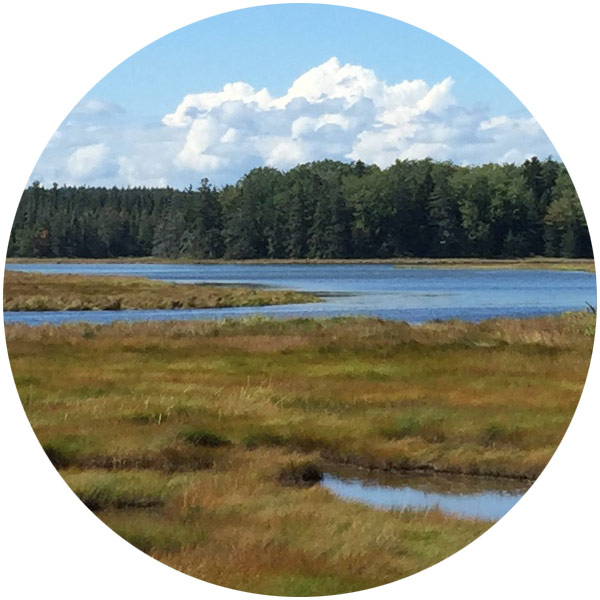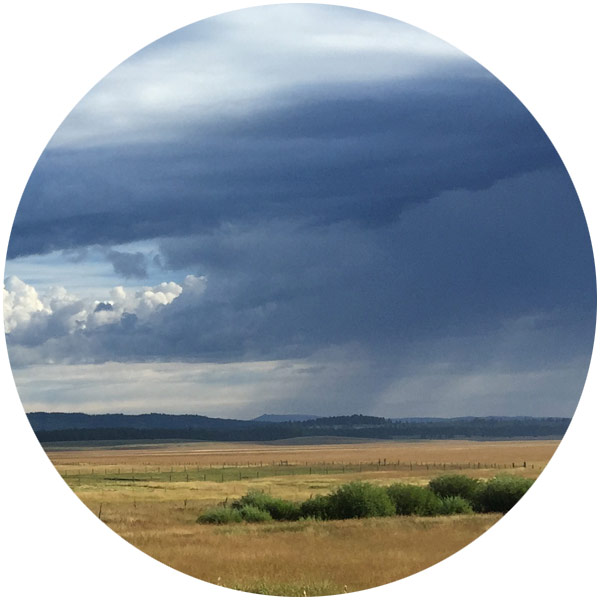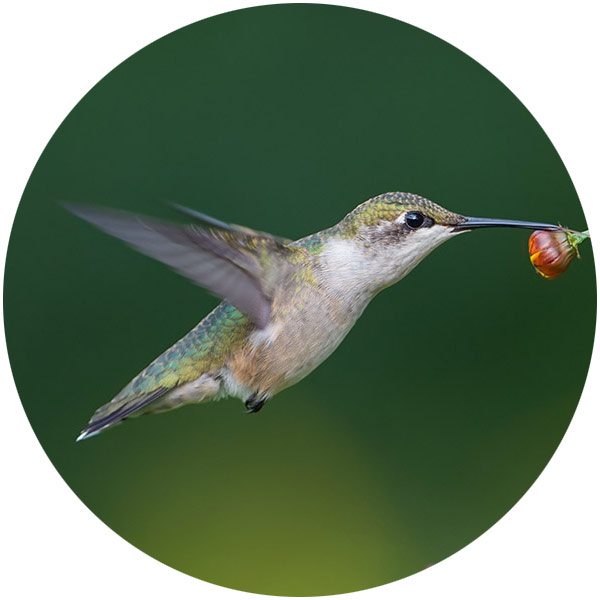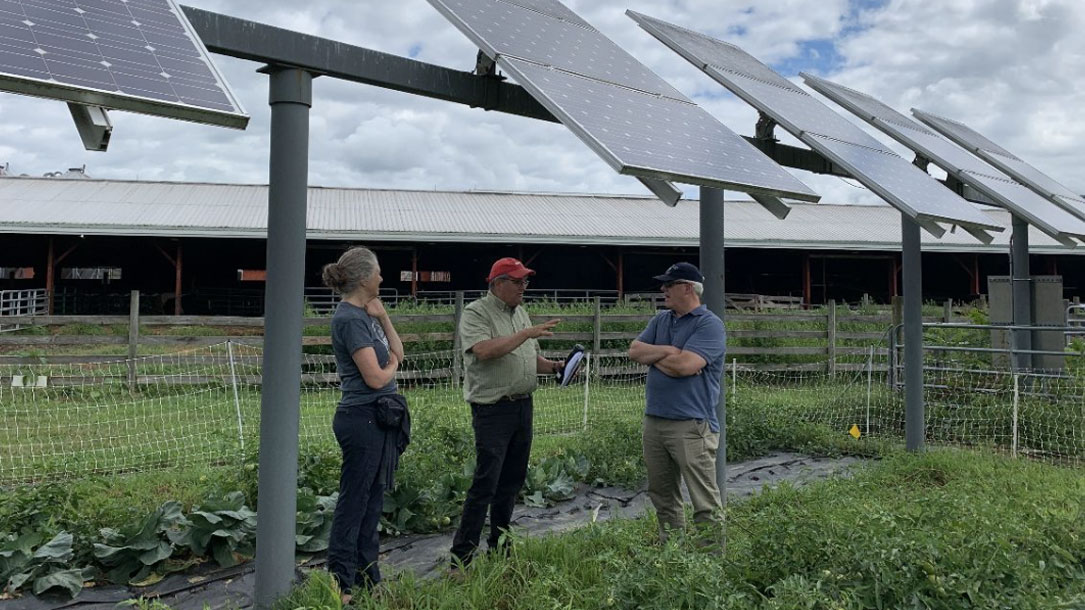
Made in the shade: Growing crops at solar farms yields efficiency
“There is potential for agrivoltaic systems – where agriculture and solar panels coexist – to provide increased passive cooling through taller panel heights [emphasis added], more reflective ground cover and higher evapotranspiration rates compared to traditional solar farms,” said senior author Max Zhang, professor in the Sibley School of Mechanical and Aerospace Engineering [at Cornell], “We can generate renewable electricity and conserve farmland through agrivoltaic systems.”
In New York, for example, about 40% of utility-scale solar farm capacity has been developed on agricultural lands, while about 84% of land deemed suitable for utility-scale solar development is agricultural, according to a previous research study from Zhang’s group…
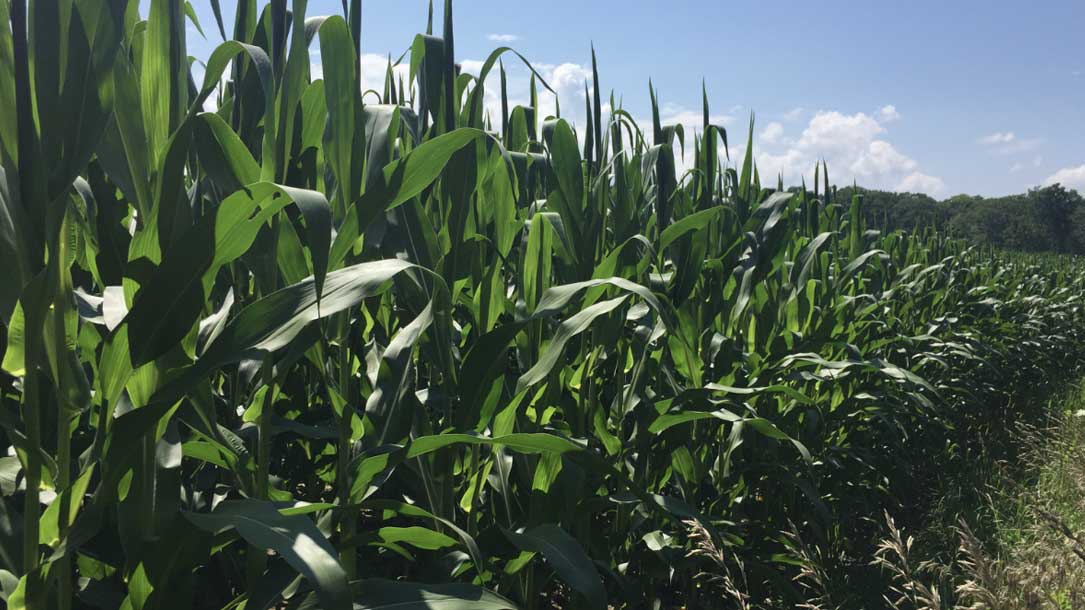
Corn and soybean production up in 2021, USDA Reports, Corn and soybean stocks up from year earlier, Winter Wheat Seedings up for 2022
WASHINGTON, Jan. 12, 2022 – Increased acreage and higher yields for corn and soybeans led to record high soybean production and near-record high corn production, according to the 2021 Crop Production Annual Summary released today by the U.S. Department of Agriculture’s National Agricultural Statistics Service (NASS).
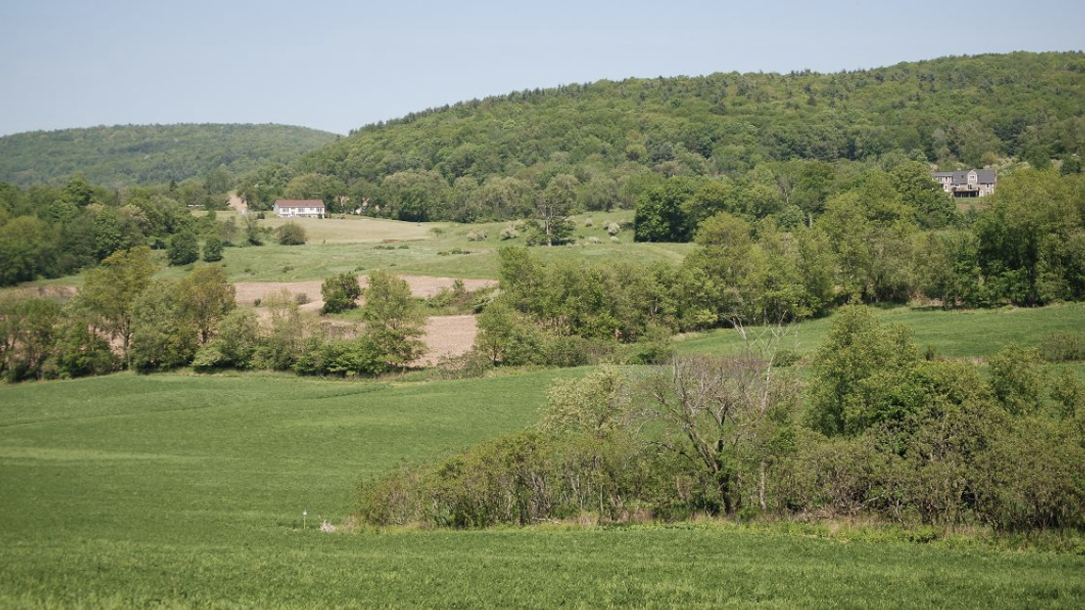
Biden-Harris administration announces availability of Inflation Reduction Act funding for climate-smart agriculture nationwide
[Jargon alert, the article will explain more]
The IRA funding includes an additional $8.45 billion for EQIP, $4.95 billion for RCPP, $3.25 billion for CSP, and $1.4 billion for ACEP. The increased funding levels begin in fiscal year 2023 and rapidly build over four years. These additional investments are estimated to help hundreds of thousands of farmers and ranchers apply conservation to millions of acres of land.
Additionally, the IRA provides $300 million to quantify carbon sequestration and greenhouse gases (GHG) through the collection and use of field-based data to assess conservation outcomes. Information gained through this effort will be used to….
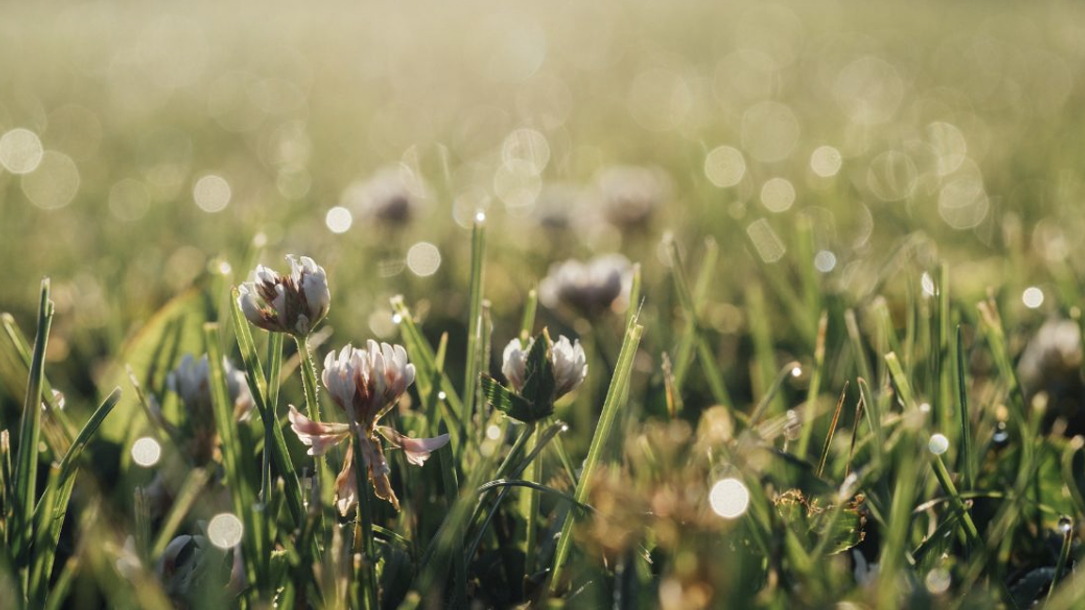
Alley cropping case studies in Appalachia
The Natural Resource Conservation Service (NRCS) describes alley cropping as having several conservation purposes, including reducing surface water runoff and erosion, improving soil health, altering subsurface water quantity or water table depths, enhancing wildlife and beneficial insect habitat, increasing crop diversity, and increasing carbon storage.
Much like agrivoltaics with crops and/or cattle, the combined farming practice can increase overall yields and benefits. Plus, funding may be available. The case study focuses on Appalachia but could be emulated elsewhere.
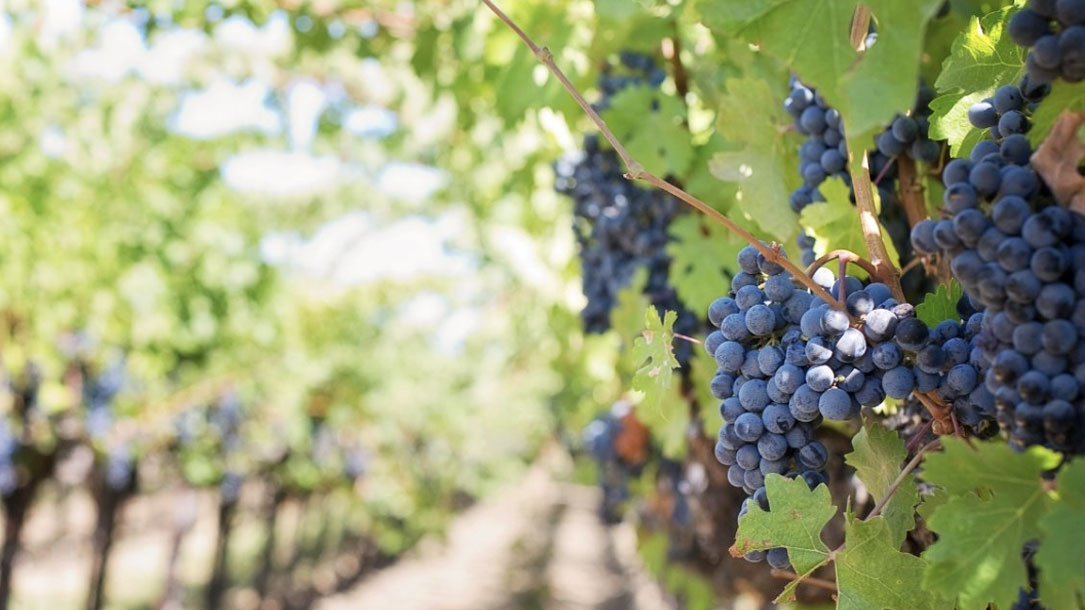
Solar panels help French winemaker keep climate change at bay
A roof of solar panels shades Pierre Escudie as he inspects the last plump grapes to be harvested at his vineyard in southwest France, after a year of hard frosts and blistering heat that damaged many of his neighbors’ crops.
The solar panels insulate the grapes during periods of extreme cold and shield them from the sun’s harsh rays during heat waves. The panels also rotate to allow more light to hit the vines on more overcast days…
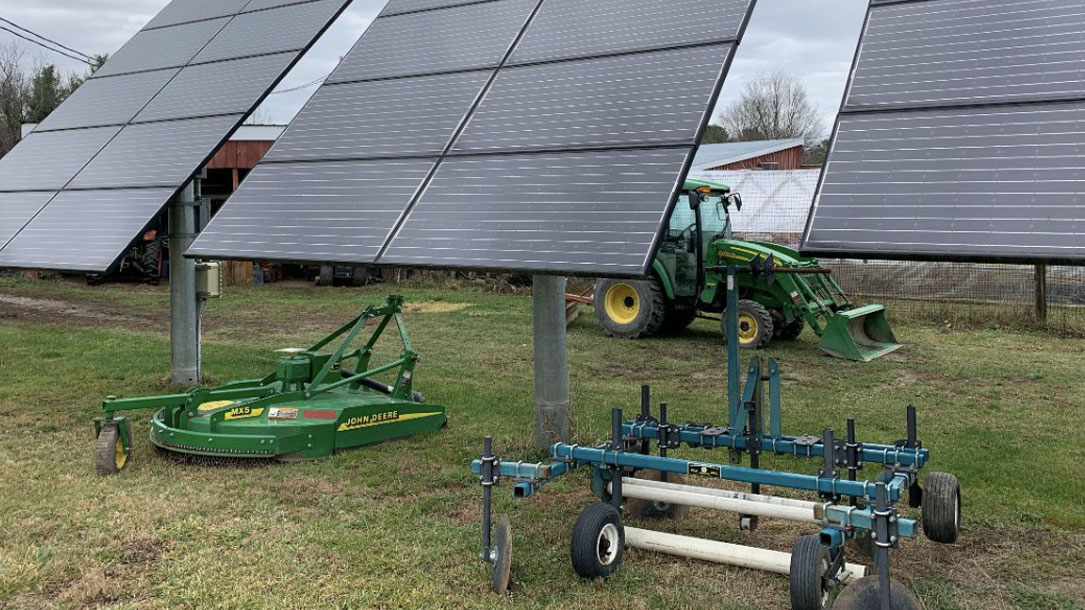
Massachusetts Clean Energy Act eases path for agrivoltaic projects
The Act clarifies that an agrivoltaic project is to be treated as an agricultural use, meaning that the land can continue to be classified as agricultural land for property tax purposes and that the project is exempt from special permit requirements.
This change in law further illustrates the legislature’s intent to help farmers continue their farming operations by utilizing renewable energy, and particularly solar energy, as a means of maintaining their land in agricultural use.
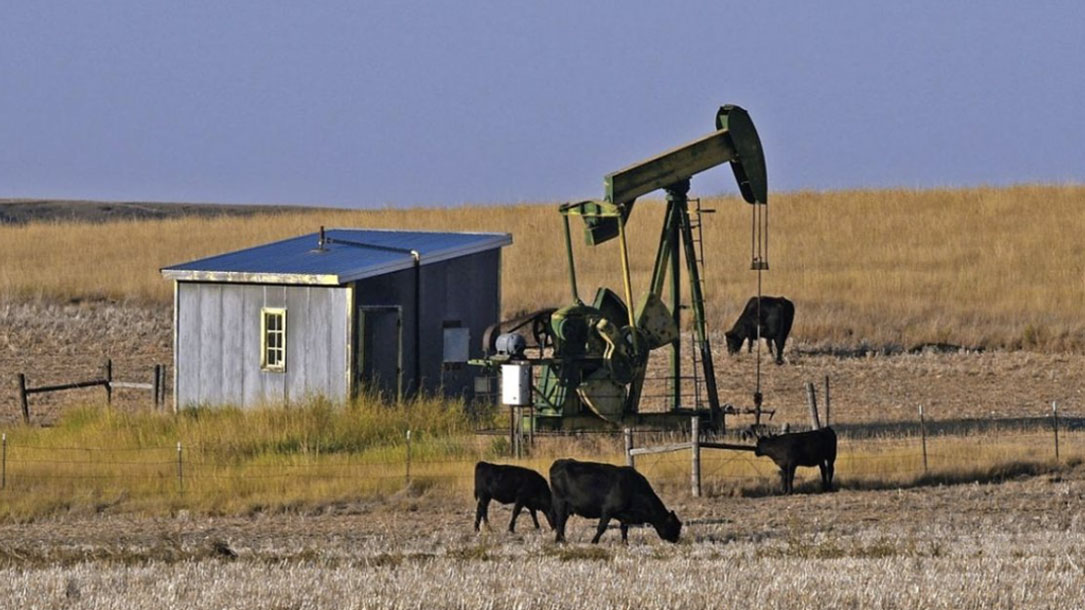
Keeping cattle on the move and carbon in the soil
The Obrechts stand at the forefront of an emerging collaboration between ranchers, conservation groups, and governmental agencies that aims to protect, restore, and revitalize the United States and Canada’s prairies — or what’s left of them…
Researchers estimate that grasslands could contain as much as 30 percent of the carbon stored in the Earth’s soil. Plowing them in order to plant crops releases large amounts of that carbon into the atmosphere…
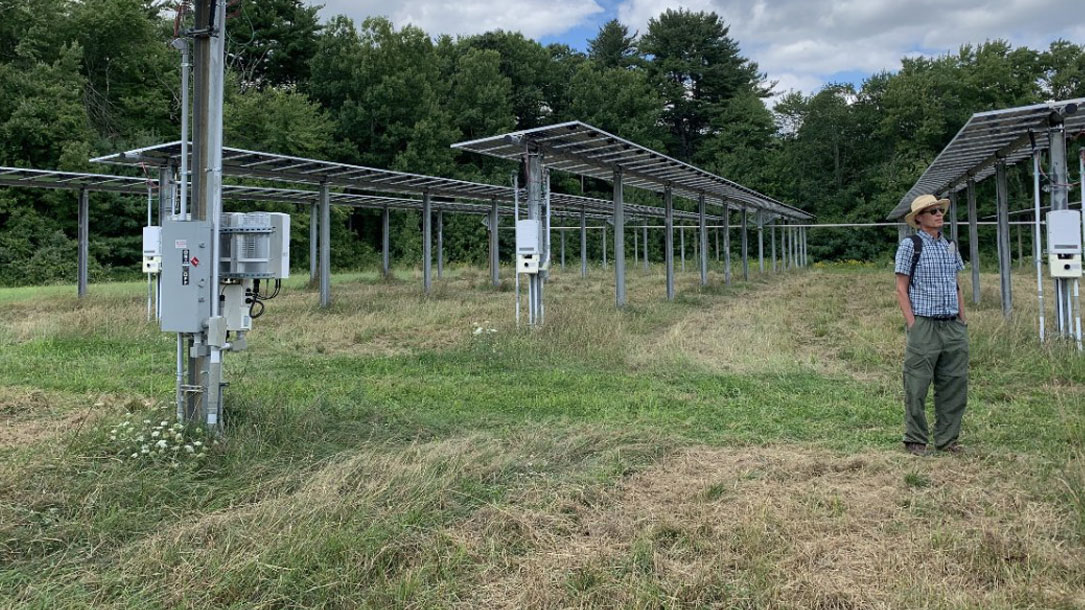
Solar, haying, and owning the solar array
Converting arable land to energy production undermines the future of farming. But innovators like Nate know it doesn’t have to be one or the other – if done right, solar can be leveraged to support farmers, rather than threaten them.
Seeing the Massachusetts SMART program as an opportunity for revenue diversification and farmland preservation, Nate pioneered a plan to own both the solar system and the land underneath. Million Little Sunbeams does not involve a lease to a solar developer but instead was designed to allow the Tassinari family to sell the excess energy to the surrounding community — a win for the family farm that has allowed it to stay in operation…
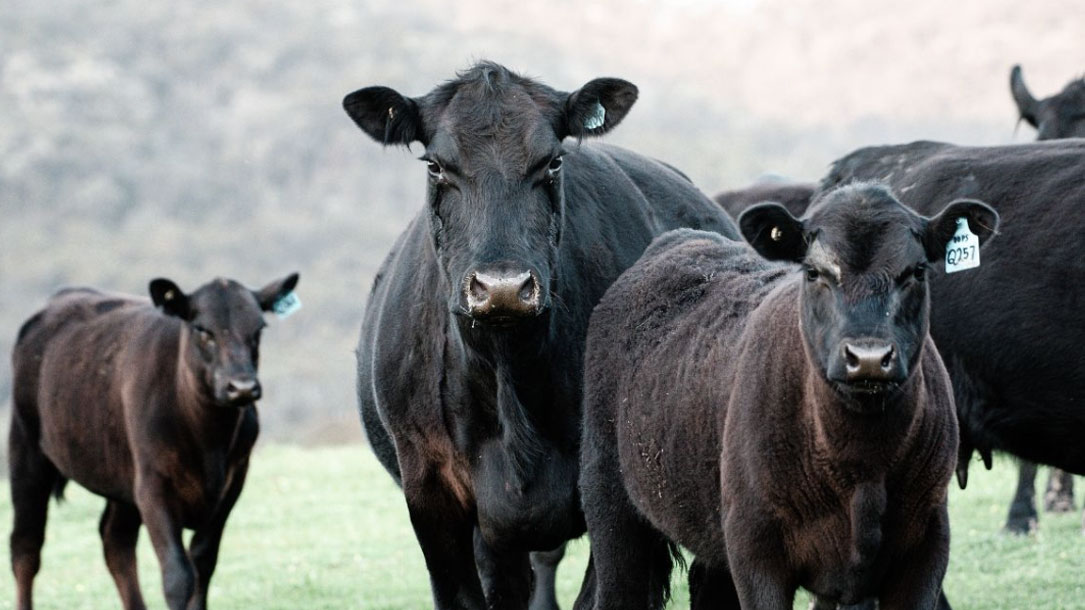
Regenerative grazing to mitigate climate change
Working with numerous partner organizations, team members from the four major Triangle research universities (Duke, NC Central, NC State, UNC) developed healthy soils policy recommendations for North Carolina, as well as tools to help producers and policy-makers understand the potential of grazing…
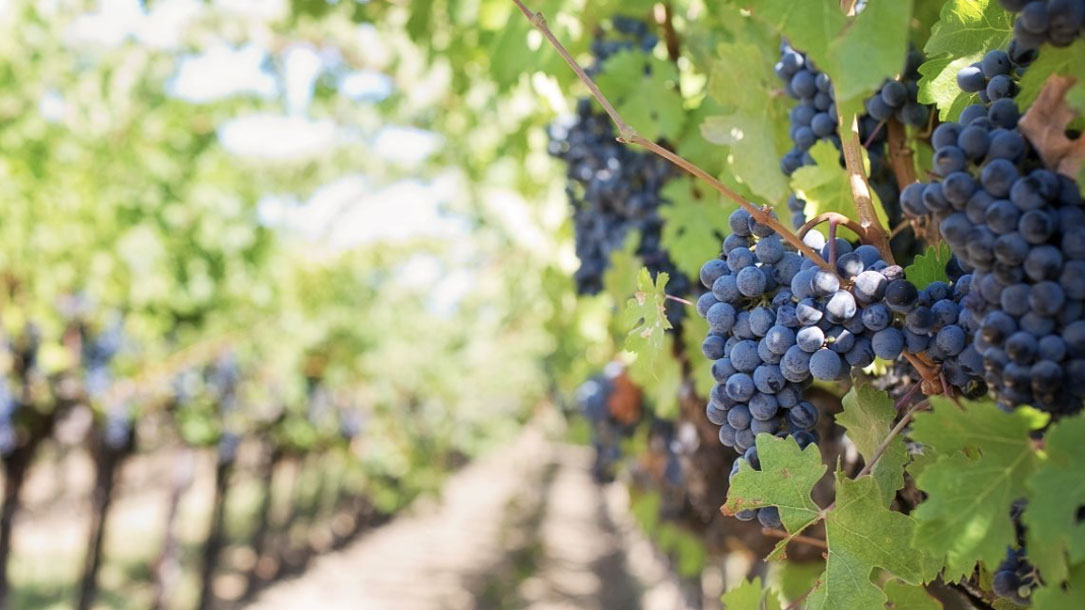
Spanish vineyards use solar panels to protect wine grapes
While combining solar energy and agricultural land is not new, one component that makes the Winesolar project stand out is that it will have a tracking system, with trackers from PVH, that uses artificial intelligence (AI) to determine the most efficient solar panel positioning over the vines at any time, according to Iberdrola. Techedge, an IT firm, will help the solar panel project further the wineries’ agricultural goals.
Sensors in the vineyards will record data including soil humidity, wind conditions, solar radiation, and even vine thickness to find the optimal position for the solar panels, giving the vines a fighting chance against the effects of climate change…
- « Previous
- 1
- 2
- 3
- 4
- Next »

